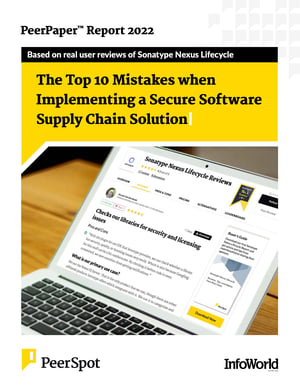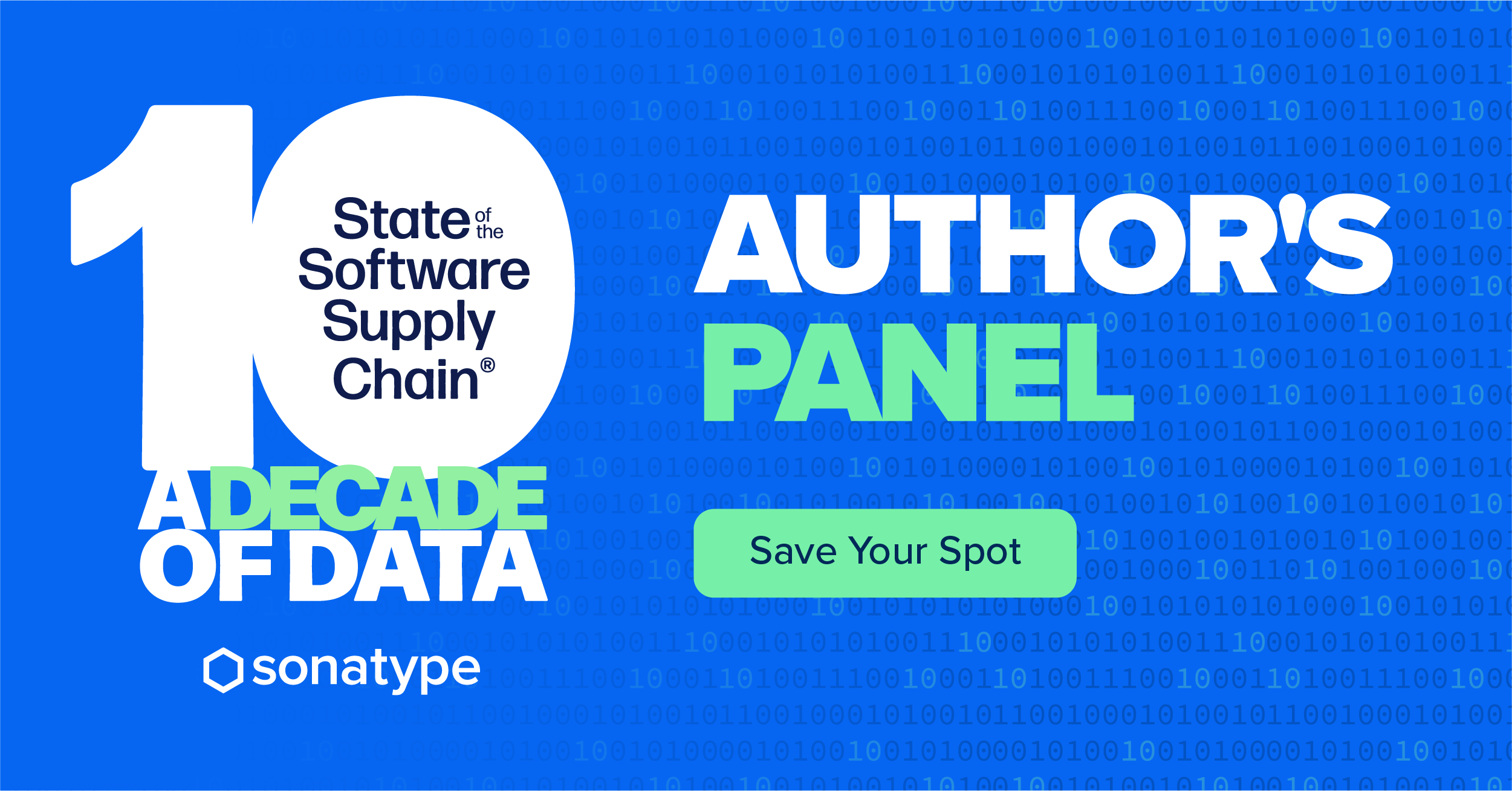The Top 10 Mistakes when Implementing a Secure Software Supply Chain Solution
Discover the top ten mistakes to avoid when implementing a secure software supply chain solution.

The inclusion of open-source code has become ever more common in applications. As the volume of open-source packages continues to rise, insecure components are increasingly finding their way into software supply chains around the world. The need to secure the software supply chain is not surprising.
There are many ways in which open-source components can be exploited, leading to major security breaches for organizations using applications that run the compromised code.
In practice, secure software supply chain solutions begin at the open source management level. Teams need to ensure that components are identified and patched for any vulnerabilities before they enter an organization’s supply chain. Third-party libraries being downloaded from open-source ecosystems with both known and unknown vulnerabilities should be retired as soon as possible. Only secure versions should be available to developers.
Sonatype’s Nexus Lifecycle solution allows teams to secure their software development life cycle at scale, but it is imperative that users are aware of common mistakes made when teams are implementing solutions to manage this risk. Discover the top ten mistakes in this report.
Related Resources



